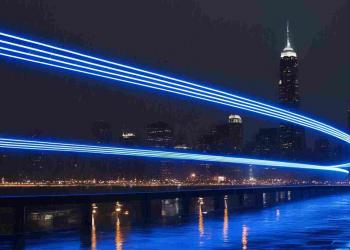
Toward a sustainable digital transformation
Can we embrace digital transformation while reducing carbon footprint?
It has long been accepted that the number one objective of companies is to earn money for their shareholders. The economist Milton Friedman first wrote about this in 1970, defining what is known as Friedman's doctrine: "There is one and only corporate social responsibility: use their resources and participate in activities designed to increase their profits".
For years, this philosophy has been adopted by many companies. In 1997, a group of 200 CEOs of the largest and most influential companies in the US called Business Roundtable (BRT) formalized Friedman's philosophy with a definition of corporate purpose: "The primary duty of management and directories is the shareholders of the corporation. The interests of other interested parties are relevant as a derivative of the shareholders' duty."
However, with social networks and consumer pressure, times are changing. Recently, the BRT, including companies like Apple, Amazon, General Motors or BlackRock among their group, announced a new definition of purpose for companies. The announcement states as follows ''creation of value for customers, investment in employees, the promotion of diversity and inclusion, fair and ethical treatment with suppliers, support for the communities in which we work, protection of the environment, all before mentioning the "shareholders".
Beyond underlining the contradictions of the signatories, which certainly exist, we propose to focus on the positive aspects of the announcement. This is a very significant turn that reflects how the rising expectations of consumers, employees and end customer are imposing new demands on companies to serve a higher purpose to help ensure a sustainable future. Top CEOs look beyond profits to boost a sustainability agenda and foster a culture of responsibility and commitment.

Without a doubt, the digital transformation of companies and cities can and should be sustainable. In fact, technology can be a great ally to meet our sustainability goals. In this sense, the concept of digital sustainability describes the approach that companies and citizens can take to achieve better sustainability through technology. It's about embracing digital transformation while reducing the carbon footprint. Let's look at some examples of how technology can help us achieve it.
- Smart apps. In Opentrends we have developed the Wibeee app so that users can control their energy consumption. Wibeee sensors connected to the electrical panel collect the necessary data to understand the electrical consumption. Through the app, we help users interpret it and thus save energy and money to have a more sustainable consumption. In this way, everyone has the necessary information for efficient energy consumption.

- Smart home & buildings. Smart home devices are programmable devices that we can use to improve the home energy efficiency. With smart devices, such as thermostats and appliances, connected to the Internet via Wi-Fi or Bluetooth, we can use our smartphone to remotely control them and optimize the way we use energy. We can add another level of complexity by combining it with the use of AI technology to learn about consumption habits, and also taking advantage of the available information of the hourly rates.
- Blockchain of prosumers. Within the energy sector, blockchain technology is still at the design phase, but it has the potential to completely disrupt the entire sector. This technology would allow the creation of a P2P supply system without intermediaries. While in a traditional energy system, energy is generated centrally, now the combination of blockchain technology and the popularization of energy self-generation by consumers (prosumers) could allow the emergence of a new decentralized system. Thanks to blockchain, users could exchange their own leftover energy in a decentralized way, through a supply system that does not require intermediaries or public services.

The role of companies in helping the digital sustainability of our cities is key, moving together toward the smart city model that makes full use of its resources. To achieve this, technology is postulated as the best ally of both. In 2012 at Opentrends we developed Sentilo, an open-source sensor and actuator platform designed to adapt to the Smart City architecture of any city that seeks openness and easy interoperability. Sentilo was first implemented in Barcelona, and since then it has been used in many other cities. In 2014, we implemented Sentilo for the Terrassa City Council within the broadest sustainable transformation project named Terrassa Energía Inteligente (TEI).
This afternoon we are presenting the #TEITerrassa project at #SCEWC19! We look forward to seeing you at the @diba stand (number 279) at 1:15 PM #CitiesMadeOfDreams @SmartCityexpo pic.twitter.com/N1mqmpyfqR
— SmarTerrassa (@smarterrassa) November 20, 2019
Currently, the City of Terrassa uses the platform to collect and control all types of data, such as noise, the location of garbage trucks, the level of occupation of garbage containers or the control of the lighting. Since then, the City Council has managed to reduce lighting consumption by more than 85%, being a statewide record in energy savings and reduction of CO2 emissions.
It is for this reason that the TEI project is one of the finalists for the enerTIC Awards 2019, which recognizes the innovative technological projects carried out by private and public organizations both committed to energy efficiency and sustainability. A commission of experts has chosen the finalists of each category among the 130 projects submitted, and citizens' votes will be collected to decide the winners. The winning projects of the enerTIC Awards will be announced next December 12, 2019 at a ceremony at the Secretary of State for Digital Advancement.






